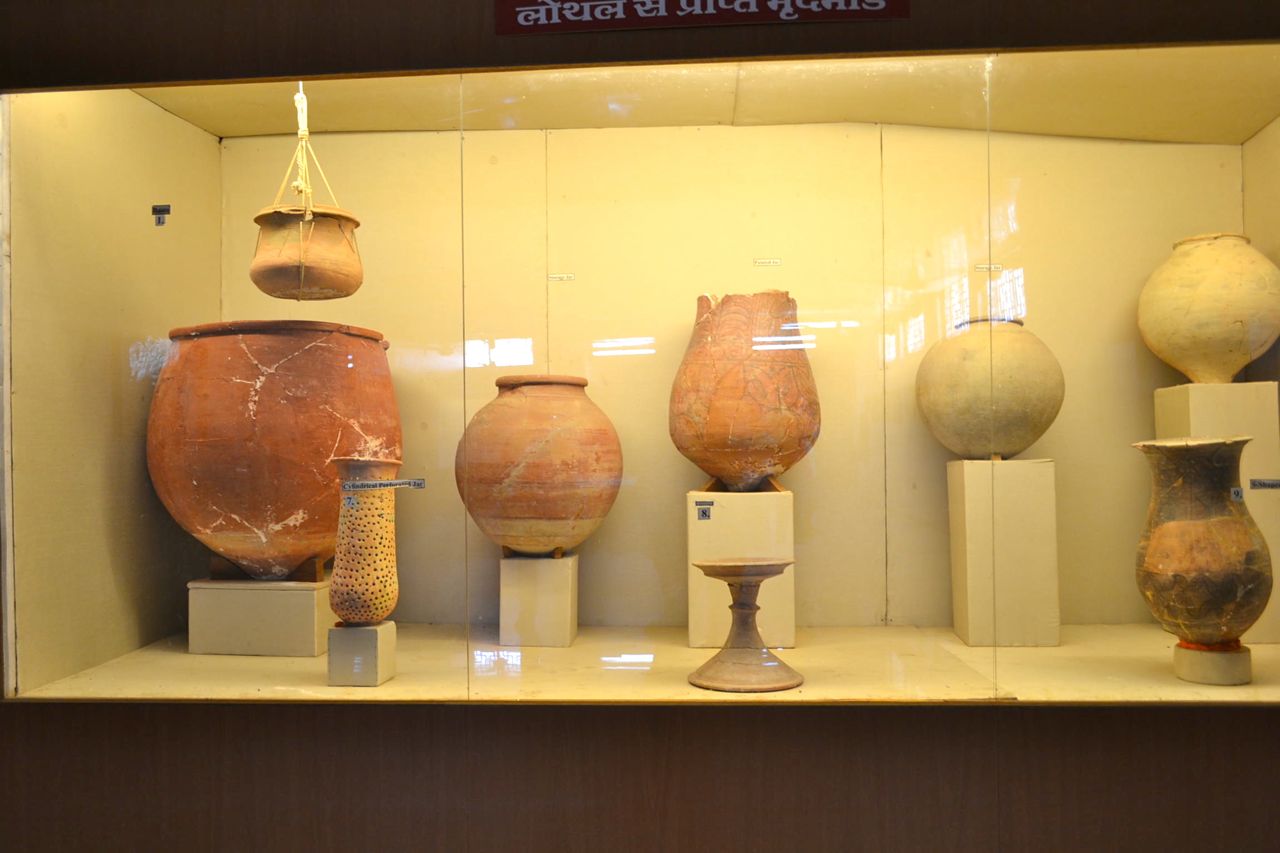Lothal is the site of ancient Indus Valley civilization dating back to the Harappan Period, 3700 BCE. Lothal is a treasure chest of relics that have helped in revealing numerous insights about the Indus Valley Civilization. It is situated in Gujrat state, India.
Ancient Archaeological site at Lothal
This historic site was discovered in 1954. Excavation started on 13 February 1955 and lasted till 19 May 1960 under the Archaeological Survey of India (ASI). The excavation was resumed in 1961. The site has been nominated for the UNESCO World Heritage Site; the application is still pending.
Lothal’s dock is the World’s earliest known dock. This dock connected Lothal to an ancient course of the Sabarmati River. A township and marketplace have also been found underneath here.
The tools and techniques found here show that beads, gems, and other ornaments were made in this region. Metallurgy and bead-making techniques of those days have stood for over 4000 years. These products were in demand in West Asia and Africa, with which this area had trade links, even those days.
The archaeological site at Lothal has proved that a washroom drainage system existed in those days.
Archaeological Museum
There is an archaeological museum at Lothal adjacent to the Archaeological Site, which has Indus-era antiquities on display. The archaeological museum shows various artifacts like utensils, seals, jewelry, and so on, which shows how people lived in those days.

Pottery from Lothal Archaeological site
There are three galleries in the museum. The front gallery shows introductory write-ups and a map of the site along with an artist’s projection of Lothal. To the left of the front gallery, on display are beads, replicas of the seal, terracotta ornaments, copper, and bronze objects. Shell and ivory objects, tools, and potteries received during excavation. To the right of the front gallery, on display are animal and human figurines, objects recovered from burials and ritual objects, game objects, weights, painted potteries, miniature potteries, bricks, etc. There is also a replica of a joint burial ground and a scaled-down model of the Lothal site. 800 objects out of the total of 5089 objects unearthed are on display in this museum.
There is also a reference library and a small publication counter, which sells publications on Archaeological Monuments.
How Do I Go to Lothal, Harappan Period Archaeological Site?
Bagodara is the nearest major city at around 19.2 kilometers distance. Dholka is approximately 43.7 kilometers distance.
Ahmedabad is the nearest major railway station to Lothal, at around 78 kilometers distance. There is an international airport also in Ahmedabad. Technically, Lothal Bhurkhi railway station is the nearest railway station at around six kilometers distance, on the Ahmedabad-Bhavnagar line. It would be best if you had supernatural powers to get down here, as there are no platforms at this station!
Bhavnagar is at around 97 kilometers distance. Vadodara is approximately 143 kilometers away. Rajkot is at about 174 kilometers.
